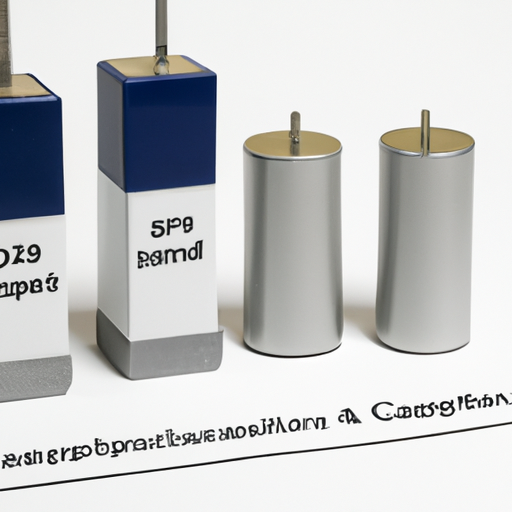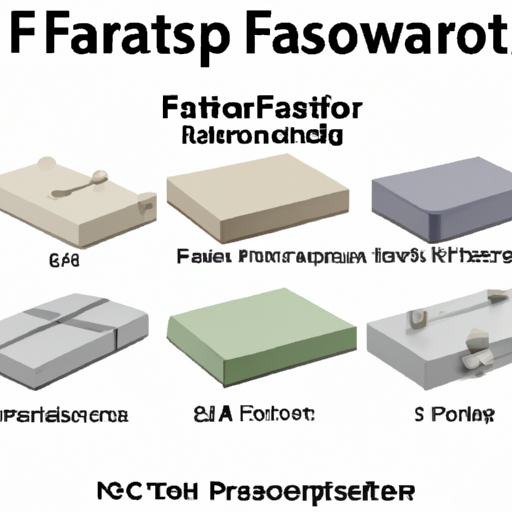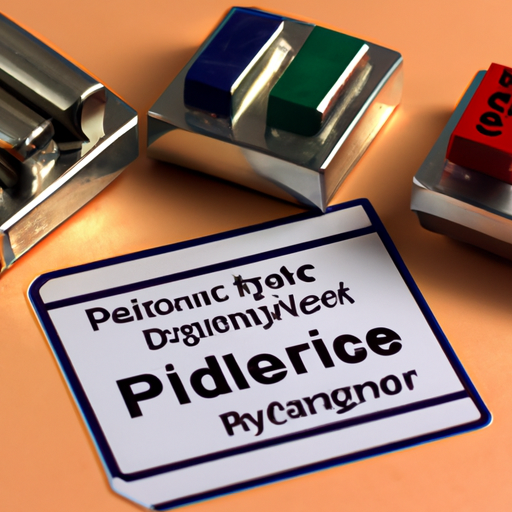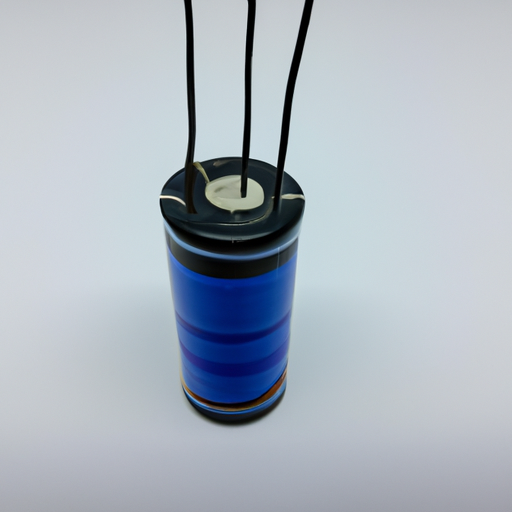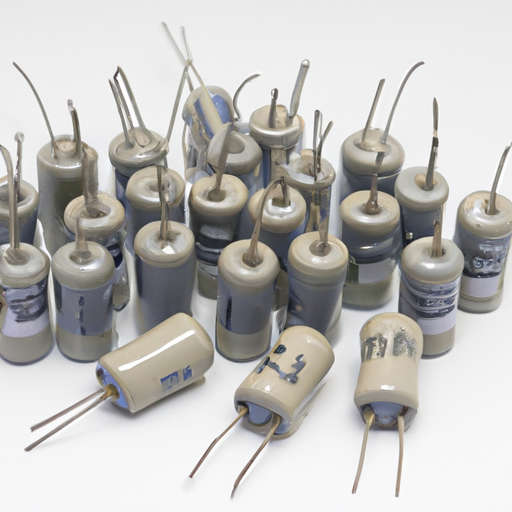What are the main application directions of standard capacitors?
What are the Main Application Directions of Standard Capacitors?
I. Introduction
A. Definition of Standard Capacitors
Standard capacitors are passive electronic components that store and release electrical energy in a circuit. They consist of two conductive plates separated by an insulating material, known as a dielectric. The ability of a capacitor to store charge is measured in farads (F), with standard capacitors typically available in various subtypes, including ceramic, electrolytic, film, and tantalum capacitors.
B. Importance of Capacitors in Electrical Engineering
Capacitors play a crucial role in electrical engineering and electronics. They are essential for managing energy flow, filtering signals, and stabilizing voltage levels in circuits. Their versatility allows them to be used in a wide range of applications, from consumer electronics to industrial machinery. As technology advances, the demand for efficient and reliable capacitors continues to grow, making them a focal point in the development of modern electronic devices.
C. Overview of the Article's Purpose
This article aims to explore the main application directions of standard capacitors, highlighting their types, key applications, emerging trends, challenges, and their overall significance in contemporary technology.
II. Types of Standard Capacitors
A. Ceramic Capacitors
1. Characteristics
Ceramic capacitors are made from ceramic materials and are known for their small size, high stability, and low cost. They are available in various capacitance values and voltage ratings, making them suitable for a wide range of applications.
2. Common Applications
Ceramic capacitors are commonly used in decoupling and filtering applications, particularly in power supply circuits and high-frequency applications due to their low equivalent series resistance (ESR).
B. Electrolytic Capacitors
1. Characteristics
Electrolytic capacitors are polarized capacitors that offer high capacitance values in a relatively small package. They are typically used in applications requiring significant energy storage.
2. Common Applications
These capacitors are widely used in power supply circuits for smoothing and filtering, as well as in audio equipment for coupling and decoupling signals.
C. Film Capacitors
1. Characteristics
Film capacitors are made from thin plastic films as the dielectric material. They are known for their stability, low loss, and high insulation resistance.
2. Common Applications
Film capacitors are often used in audio applications, timing circuits, and power electronics due to their reliability and performance.
D. Tantalum Capacitors
1. Characteristics
Tantalum capacitors are known for their high capacitance-to-volume ratio and stability over a wide temperature range. They are also polarized and can be more expensive than other types.
2. Common Applications
These capacitors are commonly found in compact electronic devices, such as smartphones and tablets, where space is limited but high performance is required.
III. Key Application Directions of Standard Capacitors
A. Power Supply Systems
1. Smoothing and Filtering
In power supply systems, capacitors are used to smooth out voltage fluctuations and filter out noise. They help maintain a stable output voltage, which is critical for the proper functioning of electronic devices.
2. Energy Storage
Capacitors also serve as energy storage devices, providing quick bursts of energy when needed. This is particularly important in applications like power supplies and renewable energy systems.
B. Signal Processing
1. Coupling and Decoupling
In signal processing, capacitors are used for coupling and decoupling signals. They allow AC signals to pass while blocking DC components, ensuring that only the desired signals are transmitted.
2. Timing Applications
Capacitors are integral to timing circuits, where they work in conjunction with resistors to create time delays. This is essential in applications such as oscillators and timers.
C. Audio Equipment
1. Signal Coupling
In audio equipment, capacitors are used for signal coupling, allowing audio signals to pass between different stages of amplification while blocking unwanted DC components.
2. Tone Control
Capacitors also play a role in tone control circuits, where they help shape the frequency response of audio signals, enhancing the listening experience.
D. Communication Systems
1. RF Applications
In communication systems, capacitors are used in radio frequency (RF) applications for tuning and filtering signals. They help ensure that the desired frequencies are transmitted and received effectively.
2. Impedance Matching
Capacitors are also used for impedance matching, which is crucial for maximizing power transfer and minimizing signal reflection in communication circuits.
E. Automotive Applications
1. Power Management
In automotive applications, capacitors are used for power management, helping to stabilize voltage levels and manage energy flow in various systems, including engine control units and infotainment systems.
2. Sensor Systems
Capacitors are integral to sensor systems in vehicles, where they help filter signals and ensure accurate readings from various sensors, such as those used for tire pressure monitoring and engine diagnostics.
F. Consumer Electronics
1. Mobile Devices
In mobile devices, capacitors are used for power management, signal processing, and energy storage, ensuring that devices operate efficiently and reliably.
2. Home Appliances
Capacitors are also found in home appliances, where they help manage energy consumption and improve performance in devices such as refrigerators, washing machines, and microwaves.
G. Industrial Applications
1. Motor Drives
In industrial applications, capacitors are used in motor drives to improve efficiency and performance. They help manage power flow and reduce energy losses in electric motors.
2. Automation Systems
Capacitors are essential in automation systems, where they help stabilize voltage levels and filter signals in control circuits, ensuring reliable operation of machinery and equipment.
IV. Emerging Trends and Innovations
A. Miniaturization of Capacitors
As technology advances, there is a growing trend toward miniaturization of capacitors. Smaller capacitors allow for more compact designs in electronic devices, making them ideal for modern applications.
B. Development of New Materials
Researchers are exploring new materials for capacitors to improve performance and reliability. Innovations in dielectric materials and construction techniques are leading to the development of capacitors with enhanced characteristics.
C. Integration with Other Components
There is a trend toward integrating capacitors with other electronic components, such as resistors and inductors, to create more compact and efficient circuit designs.
D. Sustainability and Environmental Considerations
As environmental concerns grow, there is an increasing focus on developing sustainable capacitor technologies. This includes using eco-friendly materials and manufacturing processes to reduce the environmental impact of capacitor production.
V. Challenges in the Use of Standard Capacitors
A. Reliability and Lifespan
One of the main challenges in using standard capacitors is ensuring their reliability and lifespan. Factors such as temperature, voltage, and operating conditions can affect their performance and longevity.
B. Temperature and Voltage Sensitivity
Capacitors are sensitive to temperature and voltage variations, which can lead to failure if not properly managed. Engineers must carefully consider these factors when designing circuits.
C. Cost Considerations
The cost of capacitors can vary significantly based on their type and specifications. Balancing performance and cost is a critical consideration for manufacturers and designers.
D. Availability of Materials
The availability of materials used in capacitor production can also pose challenges. Supply chain disruptions and resource scarcity can impact the production and cost of capacitors.
VI. Conclusion
A. Summary of Key Points
Standard capacitors are essential components in a wide range of applications, from power supply systems to consumer electronics. Their various types, including ceramic, electrolytic, film, and tantalum capacitors, each serve specific functions in electronic circuits.
B. Future Outlook for Standard Capacitors
As technology continues to evolve, the demand for efficient and reliable capacitors will only increase. Emerging trends such as miniaturization, new materials, and sustainability will shape the future of capacitor technology.
C. Final Thoughts on Their Importance in Modern Technology
In conclusion, standard capacitors are vital to modern technology, enabling the functionality and efficiency of countless electronic devices. Their diverse applications and ongoing innovations ensure that they will remain a cornerstone of electrical engineering for years to come.
VII. References
A. Academic Journals
- IEEE Transactions on Electron Devices
- Journal of Applied Physics
B. Industry Reports
- Capacitor Market Analysis Report
- Global Electronics Industry Trends
C. Technical Manuals and Standards
- IEC 60384: Fixed Capacitors for Use in Electronic Equipment
- EIA-198: Standard for Capacitor Specifications
This comprehensive exploration of standard capacitors highlights their significance in various applications and the ongoing innovations that will shape their future in technology.

